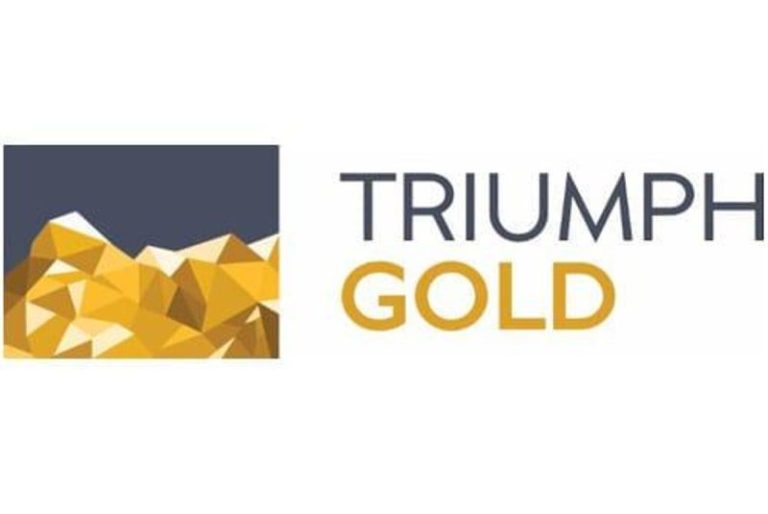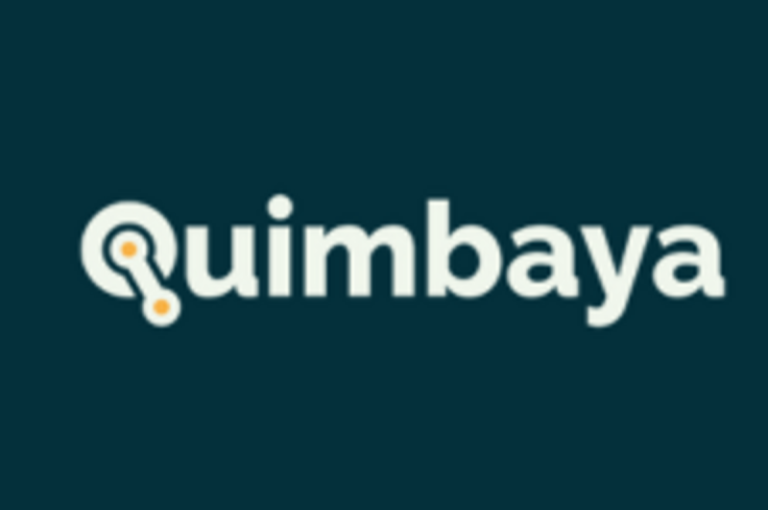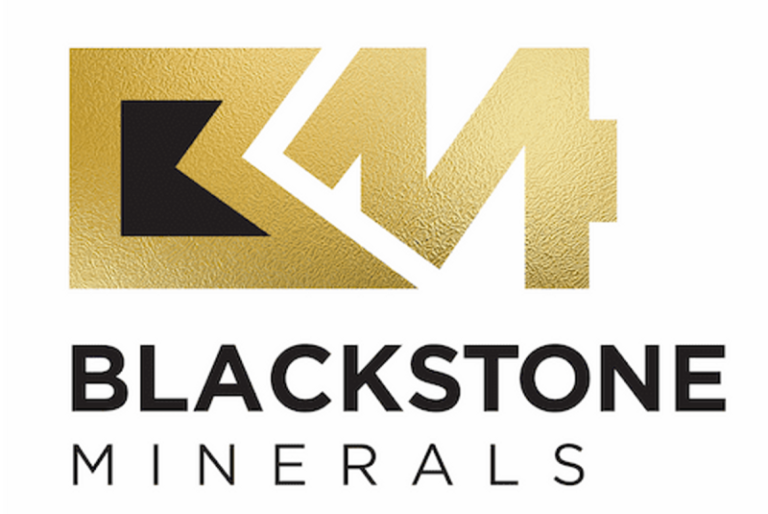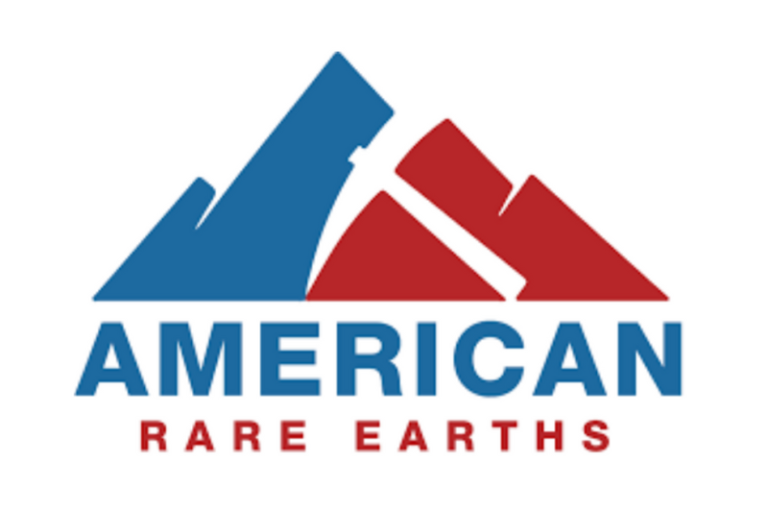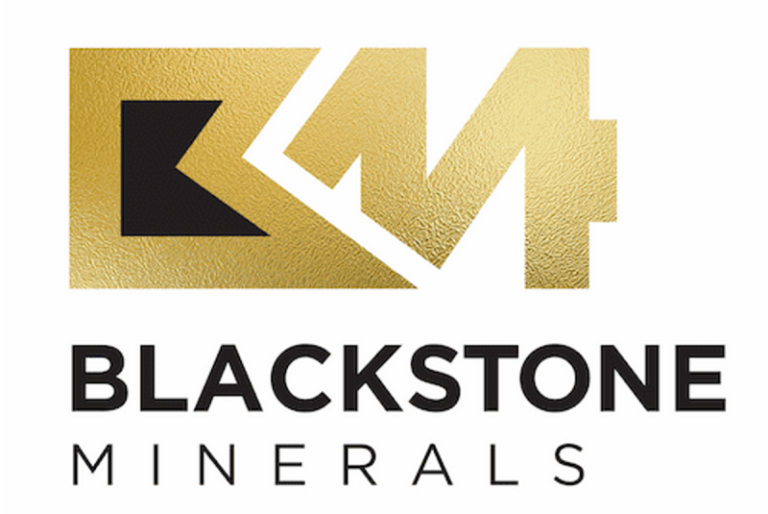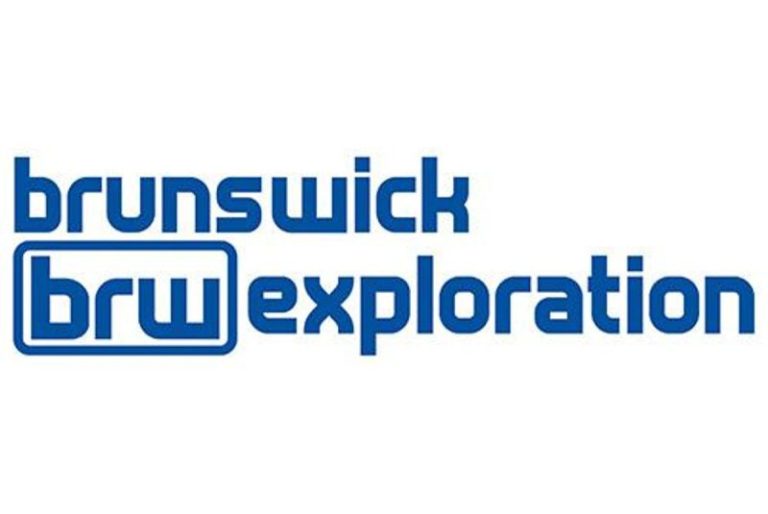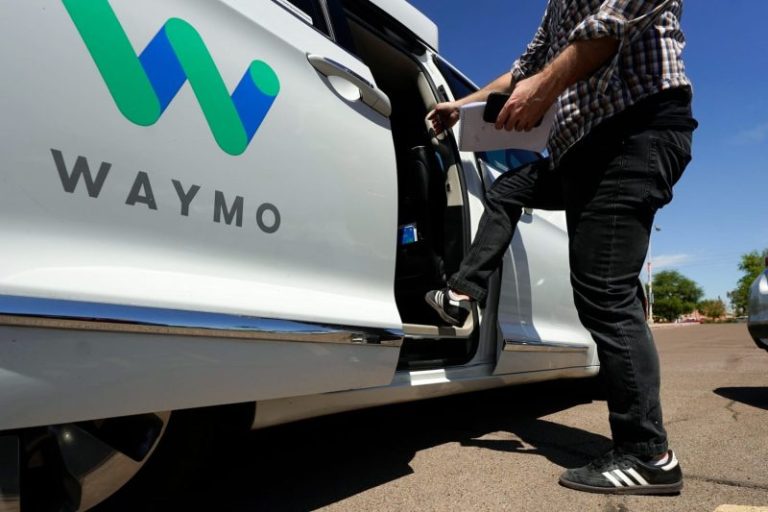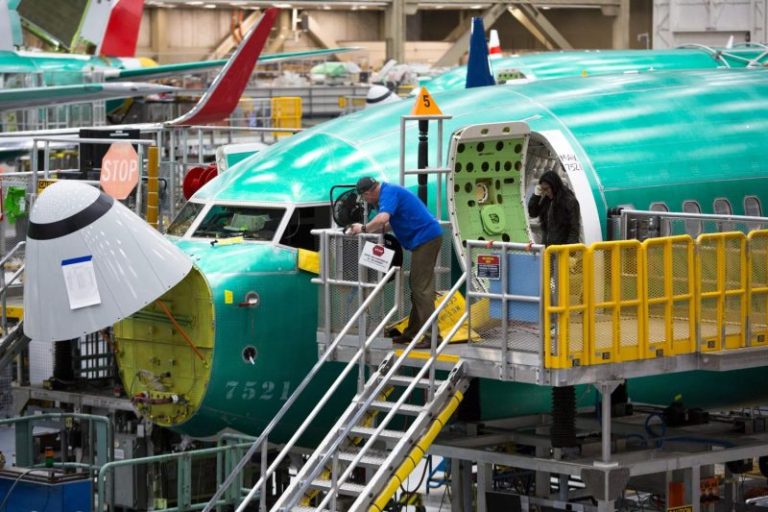The year’s second quarter was a defining period for digital assets.
The industry converged at events like Consensus, held in May in Toronto, where discussions heavily focused on critical themes like regulatory clarity and real-world asset (RWA) tokenization.
Stablecoins, with their promise of enhanced cross-border payment efficiency, were heavily covered, especially regarding the growing interest and innovation in yield-generating products.
Legislative initiatives, policy shifts and infrastructure developments have moved at a dizzying pace, and the ongoing integration of traditional finance with decentralized technologies has driven credibility and institutional engagement.
Looking ahead, continued adoption of digital assets is slated to reshape the global financial landscape fundamentally.
Q2 review: Market maturation, institutional integration and regulatory milestones
Q2 highlighted a maturing market that can absorb shocks while maintaining focus on long-term growth.
While scrutiny of officials’ crypto dealings, including those of US President Donald Trump and his family, kept headlines lively, the broader trend was one of increased credibility.
Early in the quarter, trade tensions between the US and China, combined with ongoing concerns that tariffs will lead to an economic fallout, dampened investor sentiment and weighed on risk assets.
However, investor confidence in Bitcoin was evident in its resilience. After a slide to around US$76,000 at the start of April, it reached the US$90,000s mid-month, before hitting a new all-time high of US$111,000 on May 22.
Institutional accumulation and clearer regulatory signals backed this sentiment, exemplified by the US Securities and Exchange Commission’s (SEC) approval of rule changes allowing Ether exchange-traded fund (ETF) options.
The SEC also updated its guidance on crypto company disclosures, while US President Donald Trump signed a resolution repealing the IRS’s DeFi broker rule. Closing off the quarter, the Federal Housing Finance Agency directed mortgage backers Fannie Mae and Freddie Mac on June 25 to propose single-family mortgage loan risk assessments that consider cryptocurrency on US-regulated exchanges as reserve assets.
These policy shifts were accompanied by surging investor interest in tokenized assets, including tokenized gold — with PAXG and XAUt hitting US$1.54 billion in market cap — and RWA products, particularly within real estate. Momentum was further extended into stablecoin yield products and new ETF filings.
A US$300 million large-scale infrastructure deal between global financial group Macquarie (ASX:MQG) and Bitfarms (TSX:BITF,NASDAQ:BITF) for a high-performance computing center exemplified the growing confidence among fintechs in the long-term viability of digital assets. This growing confidence was further underscored by Robinhood’s (NASDAQ:HOOD) expansion of its crypto footprint, notably with the early June acquisition of Bitstamp.
Combined, these events demonstrated growing market confidence in crypto’s future.
Meanwhile, Ripple’s acquisition of global prime broker Hidden Road signaled a new phase in TradFi-DeFi integration, accompanied by the Fed’s easing of restrictions on banks’ crypto exposure.
The Office of the Comptroller of the Currency’s clarification allowing banks to trade and outsource crypto operations signaled that US regulators increasingly view crypto infrastructure as critical to modern financial services.
Reports of Circle (NYSE:CRCL), BitGo, Coinbase Global (NASDAQ:COIN) and Paxos exploring bank charters further underscored the convergence of TradFi and DeFi, as did Coinbase’s US$100 million credit facility to Riot Platforms (NASDAQ:RIOT); this type of structured financing is typically reserved for banks.
Further solidifying this trend, Stripe finalized a deal to acquire Privy, bringing crypto wallet infrastructure in-house and underscoring how fintech leaders are embedding digital asset rails into their core platforms.
Coinbase also acquired derivatives marketplace Deribit, a US$2.9 billion investment, part of a broader move to dominate digital asset infrastructure and market access. In the retail space, investor exposure widened through Galaxy Digital (NASDAQ:GLXY) and Circle’s Wall Street debut.
Policy also evolved. The GENIUS Act, a legislative companion to the STABLE Act, advanced in the Senate, proposing guardrails for stablecoins while carving out flexibility for banks to issue tokenized deposits, while crypto reserve legislation advanced in New Hampshire, Texas and Arizona.
Still, operational risks remained. A US$223 million exploit hit the Cetus protocol, and Coinbase suffered a US$20 million ransomware attack, reminders that digital assets remain a high-stakes environment.
Bitcoin price performance, Q2 2025.
Chart courtesy of CoinGecko.
Q3 outlook: Regulatory progress, tokenization growth and market expansion
Further regulatory clarity is expected in Q3, clearing the way to enable more use cases and a deeper integration between DeFi and TradFi. House Republicans are prioritizing the swift enactment of comprehensive stablecoin legislation, aiming to unify the Senate’s GENIUS Act and the House’s STABLE Act.
Meanwhile, the CLARITY Act, which has a broader focus on establishing a general market structure for all digital assets, is positioned for a vote in the House of Representatives after clearing two committees.
Regulators on the SEC’s Crypto Task Force are considering a conditional exemptive order to allow crypto firms to bypass certain broker-dealer, clearing agency and exchange registration requirements. The nuances of regulated staking activities are still being worked out, especially regarding how they apply to specific products like ETFs.
On the retail front, tokenization momentum shows no sign of slowing. A discussion group on RWAs at Consensus agreed that the resurgence of tokenization is largely driven by the utility and functionality it provides to assets.
Beyond efficiency, Carlos Domingo, co-founder and CEO of Securitize, added that tokenization brings assets with intrinsic, real-world value onto the blockchain, allowing new financial applications and broader access to those holdings.
“Now we’re seeing more large-scale production,” he explained.
“We’re seeing (things) like precious minerals coming up, and we’re seeing commodities and other equities, a lot of startups that want to tokenize and use platforms like ours to tokenize their cap tables.”
At Consensus, Arthur Breitman, co-founder of Tezos, explained that his platform, uranium.io, enables the trading of physical uranium using a token, xU3O8, which allows for fractional ownership of a commodity that trades over-the-counter for roughly US$4 million. “Typically, uranium will look at pounds, but you can buy a fraction of a token. So really, you can buy a few cents of xU308,” he told the audience during his presentation.
Additionally, crypto infrastructure development by major fintechs and traditional finance entities, coupled with new public market entrants, could broaden investment opportunities.
For Q3, investors will be monitoring key publicly traded players such as Robinhood, fresh off its Bitstamp acquisition, as well as new Wall Street newcomers Circle and Galaxy Digital.
In the mining and compute infrastructure sector, CoreWeave (NASDAQ:CRWV) is in advanced talks to acquire Core Scientific (NASDAQ:CORZ), marking a move to merge compute-intensive infrastructure with mining operations, driven by crossover demand from AI and crypto sectors.
Beyond dedicated crypto firms, Strategy (NASDAQ:MSTR) and Japan’s Metaplanet (TSE:3350,OTCQX:MTPLF) added substantially to their crypto holdings in Q2, with no signs of slowing down.
For Bitcoin, price projections for Q3 range between a new resistance level around US$120,000 and support at US$75,000. ARK Invest increased its Bitcoin price forecast for 2030 from US$1.5 million to US$2.4 million in Q2, citing growing institutional interest and Bitcoin’s expanding role as “digital gold.’
These developments suggest Q3 will may continue building on the credibility and utility that defined Q2. With regulation advancing, institutional rails expanding and tokenization gaining real-world traction, digital assets are increasingly seen not as a parallel world to the world of finance, but as the next evolution of it.
Securities Disclosure: I, Meagen Seatter, hold no direct investment interest in any company mentioned in this article.


